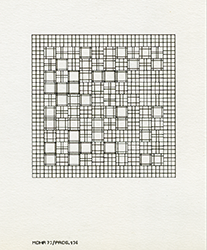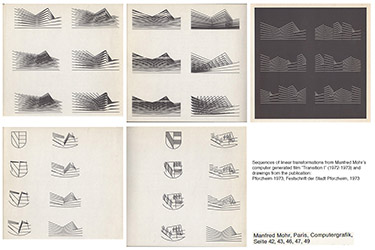Linear transformations from one form to another creating surfaces 1970 - 1972
P-32, Matrix Elements, 1970
|
P-52, Quark Lines, 1970
|
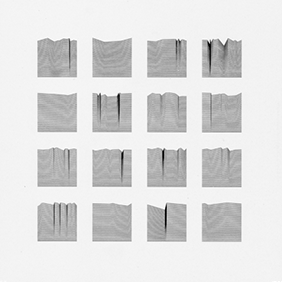
A set of random points are connected and then linearly transformed to a horizontal line.
|
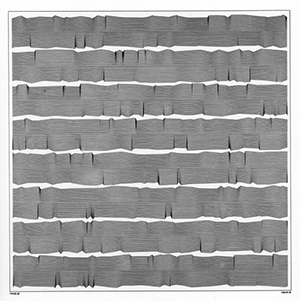
A set of random points are connected and then linearly transformed to a horizontal line. This is repeated in the reverse.
|
Both these drawings were published in the catalog: "Manfred Mohr, Computer Graphics, Une esthétique programée", ARC - Musée d'Art Moderne, Paris, 1971
|
|
P-59, N + 3Hz, 1970
|
P-62, Floating Points, 1970
|
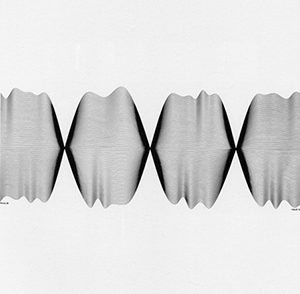
Two sets of inversed modulated sine curves are linearly transformed to the zero line. The curves are formed by spline functions.
|
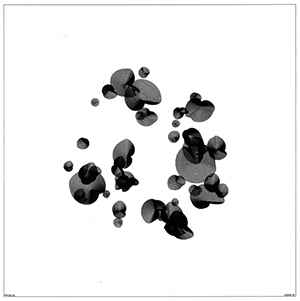
Random points are selected around a circle. Spline functions are used to form a closed curve. They are then linearly transformed to a point.
|
Both these drawings were published in the catalog: "Manfred Mohr, Computer Graphics, Une esthétique programée", ARC - Musée d'Art Moderne, Paris, 1971
|
|
P-80, Cube Drawing, 1971
|
P-80 test, Cube Drawing, 1971
|
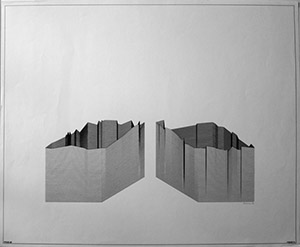
Random points along 4 sides of a cube are linearly transformed to their respective base straight lines.
|
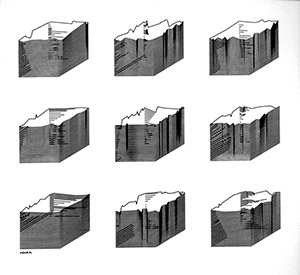
Random points along 4 sides of a cube are linearly transformed to their respective base straight lines.
|
P-80 test is published in the catalog: "Buchleiter/Mohr/Murle/Treiber", Kunstverein Pforzheim 1972
|
|
P-112, Lady Quark, 1972
|
P-40, F 107, 1970
|
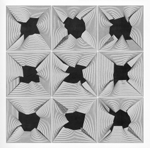
Random points are chosen around a circle and linearly transformed to 4 sides of a square.
|
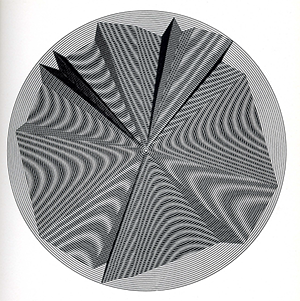
Sets of random points around a circle are linearly transformed to a common point in the center.
|
P-112 was published in the catalog: "Manfred Mohr, Drawings Dessins Zeichnungen Dibujos", Galerie Weiller, Paris and Galerie Gilles Gheerbrant, Montreal, 1974
P-40 was published in the catalog: "Manfred Mohr, Computer Graphics, Une esthétique programée", ARC - Musée d'Art Moderne, Paris, 1971
|
|









